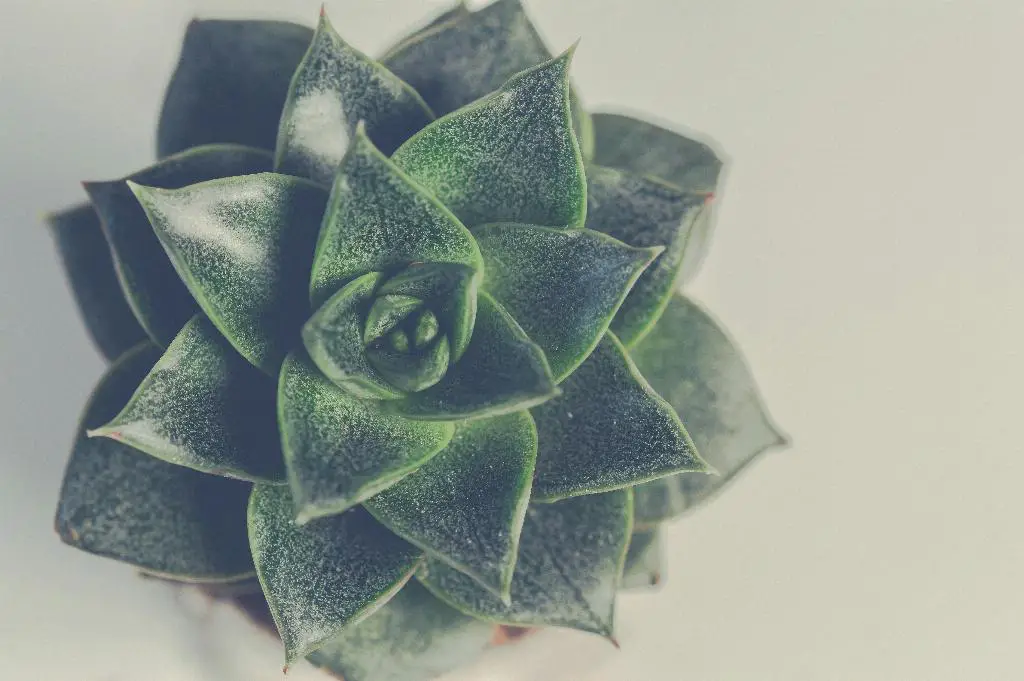Let’s delve into the intriguing world of botanical classifications to unravel the mystery surrounding whether Agave falls under the category of cactus or succulent. Many individuals often find themselves pondering this very question due to the visual similarities between the two plants.
The Distinction Between Cacti and Succulents
Before we can definitively answer this query, it’s imperative to understand the fundamental disparities between cacti and succulents. Succulents are plants that store water in their leaves, stems, or roots, enabling them to endure arid conditions. Conversely, cacti are a specific type of succulent characterized by the presence of areoles, which are unique structures where spines, flowers, and new segments grow.
Agave: A Unique Succulent
Agave, widely renowned for its striking appearance and diverse species, is indeed a type of succulent. However, the confusion arises when individuals mistake it for a cactus due to its fleshy leaves and formidable spines. Nonetheless, agave can be distinguished from cacti based on its leaf structure.
Leaf Disparity: The Key Differentiator
One of the primary distinctions between agave and cacti lies in their leaves. While cacti typically lack leaves or possess extremely reduced ones, agave plants boast prominent, elongated leaves that contribute to their distinct aesthetic appeal. This pronounced difference serves as a clear indicator of agave’s classification as a succulent rather than a cactus.
Agave’s Leaf Adaptations
Agave’s leaves have evolved to efficiently store water, allowing the plant to survive in arid environments with minimal rainfall. The thick, succulent leaves of agave play a crucial role in its ability to thrive under harsh conditions, making it a resilient and drought-tolerant succulent.
Understanding Cactus Characteristics
In contrast, cacti have undergone specialized adaptations to thrive in dry climates. Their unique anatomical features, such as their spines, ribbed stems, and compact growth habits, set them apart from other succulents. While cacti and agave both possess water-storing capabilities, cacti lack the distinct leaves found in agave.
Diversity of Agave Species
The vast diversity of agave species showcases the plant’s adaptability to various habitats and climatic conditions. From the compact Agave parviflora to the towering Agave americana, each species exhibits unique characteristics that contribute to the overall allure of agave plants.
Agave in Horticulture
Due to their striking visual appeal and low maintenance requirements, agaves have become popular choices for landscaping and horticultural purposes. With proper care and suitable growing conditions, agave plants can thrive both indoors and outdoors, adding a touch of elegance to any garden or living space.
The Myth of Agave as a Cactus
While agave may share certain resemblances with cacti, particularly in terms of water-storing adaptations, it is crucial to acknowledge the botanical distinction between these two plant groups. Agave’s leafy appearance sets it apart as a prominent member of the succulent family rather than a cactus.
Cultivating Agave
Whether you’re a seasoned gardener or a novice plant enthusiast, cultivating agave can be a rewarding experience. By providing well-draining soil, ample sunlight, and occasional watering, you can foster healthy growth in your agave plants, allowing them to flourish and thrive in their environment.

Conclusion
In conclusion, Agave is unequivocally classified as a succulent rather than a cactus, primarily due to the presence of its distinct leaves. While both agave and cacti exhibit succulent characteristics that enable them to survive in arid regions, agave’s leafy structure sets it apart as a unique and visually captivating succulent species.
